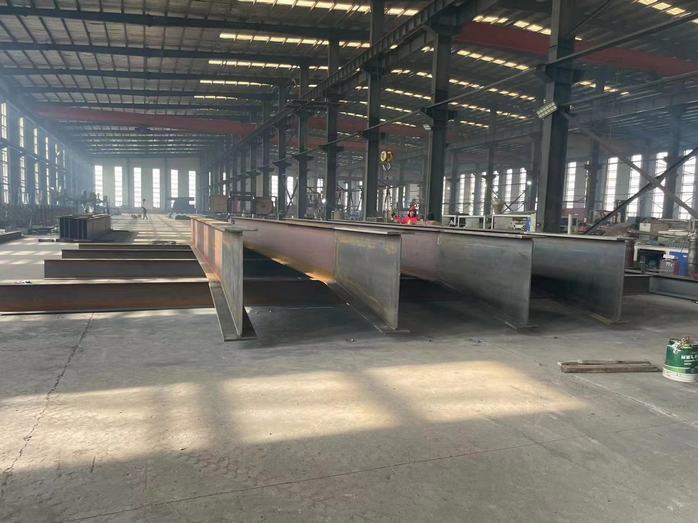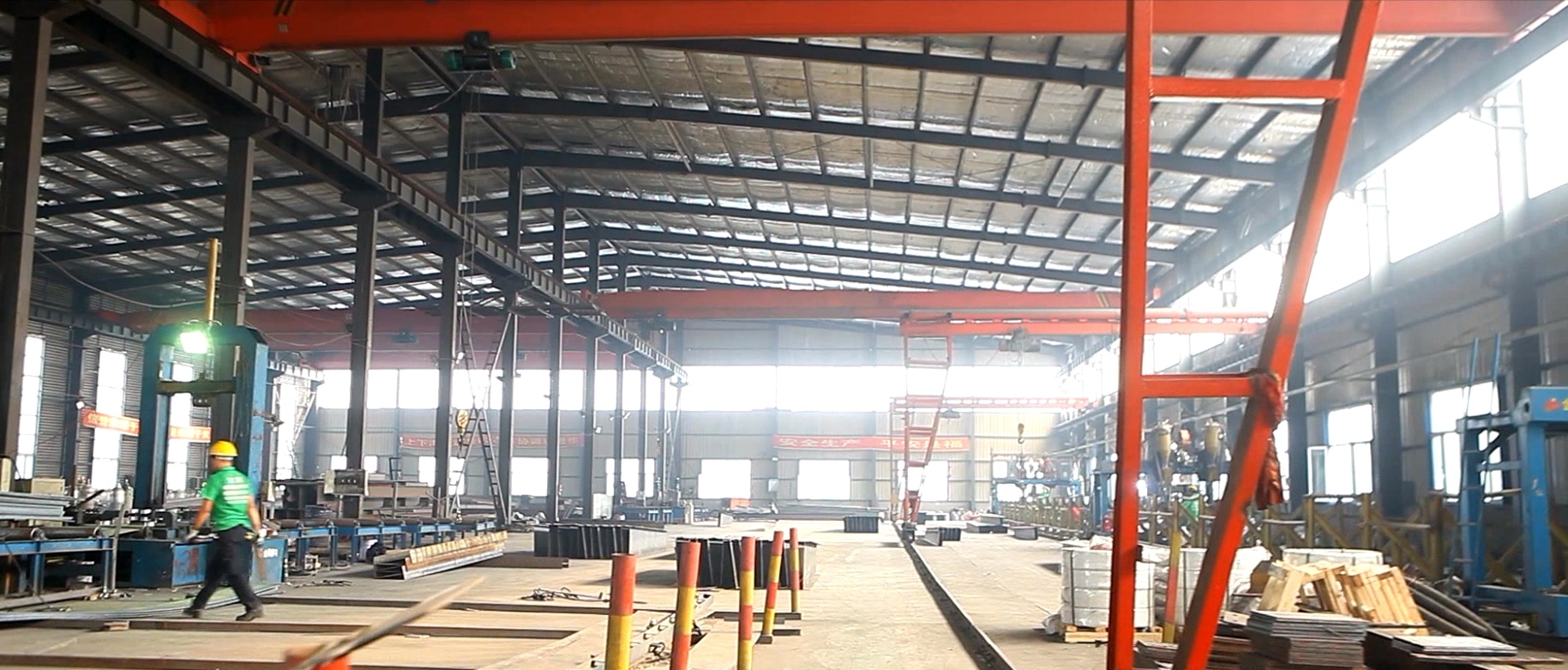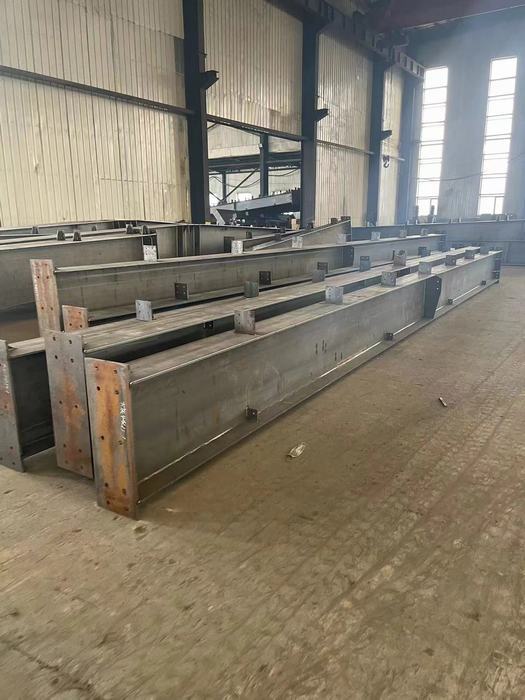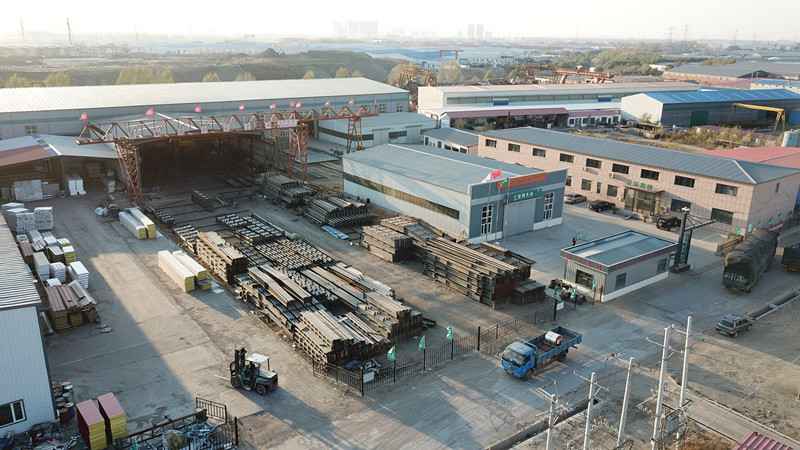Standard: Protecting steel structure buildings
The national standard "Code for Construction of Steel Structures" (hereinafter referred to as the Code), approved and edited by the Ministry of Housing and Urban-Rural Development, numbered GB50755-2012, will be implemented from August 1st.
China is in a period of rapid development of the steel structure industry. However, there are few specifications on domestic construction processes and technologies. The release of this Code fills the gap in technical standards in the domestic steel structure construction field. This Code is one of the first batch of national standards for building construction technology in China, jointly compiled by China Construction Co., Ltd. and China Construction Steel Structure Co., Ltd., together with 14 related units.

Key Chapter One: Steel
Steel structures are engineering structures composed of steel processed, connected, and installed. Undoubtedly, the quality of the steel determines the lifespan of the steel structure building.
The Code consists of 16 chapters, including general provisions, terms and symbols, construction surveying, construction monitoring, construction safety, and environmental protection. In the "Materials" section of the Code, it not only stipulates that "when ordering steel, the variety, specifications, and performance should comply with the design documents and the current national standards for steel", but also lists 30 commonly used steel product standards, such as "High-quality carbon structural steel" (GB/T699) and "Carbon structural steel" (GB/T700). The Code requires that the incoming inspection of steel materials should comply with the provisions of the Code and the current national standard "Code for Quality Acceptance of Steel Structure Engineering Construction" (GB50205). The Code requires that the following six types of steel should be subjected to sampling and re-testing: 1. Imported steel; 2. Mixed batches of steel; 3. Thick plates with a thickness equal to or greater than 40 mm and with Z-direction performance requirements; 4. Steel used in the main load-bearing components of large-span steel structures with a safety grade of level 1; 5. Steel with re-testing requirements; 6. Steel with quality doubts.
The Code requires that the re-testing of steel should include mechanical property testing and chemical composition analysis. Sampling, sample preparation, and testing methods should be implemented in accordance with seven steel testing standards, including "Sampling location and sample preparation for mechanical property testing of steel and steel products" (GB/T2975) and "Metallic materials - Tensile testing - Part 1: Method of test at ambient temperature" (GB/T228.1). In addition, the Code provides detailed regulations on the sampling and re-testing inspection batches of commonly used steel materials such as Q235 and Q345 in steel structure engineering.

Key Chapter Two: Welding
Yao Bing, president of the China Construction Metal Structure Association, pointed out: "Life safety is an important principle of construction. Safe construction is a key area that construction enterprises must pay close attention to, especially for the steel structure industry."
People know that a beautiful piece of clothing is made by a tailor stitching it stitch by stitch. Whether the garment fits well depends not only on the tailoring skills but also on the sewing skills. Similarly, steel structure buildings are composed of countless components through welding, and their quality and lifespan depend on the quality of the welding. Dai Weizhi, deputy secretary-general of the China Engineering Construction Welding Association, emphasized the importance of welders by saying, "It takes three years to train a university student, but it may take ten years to train a top-notch welder."
The Code clearly stipulates the welding personnel, including welding technicians (welding engineers), welding quality inspectors, weld non-destructive testing personnel, and welder qualifications, and puts forward more requirements for the technical level and ability of welding technicians responsible for large and important steel structure projects to ensure the quality of welding. Welding procedure qualification is one of the prerequisites for ensuring weld quality. Therefore, the Code puts forward more detailed requirements for seven welding processes: welding procedure qualification and plan, welding operation conditions, tack welding, starting plate, ending plate and backing plate, preheating and interpass temperature control, control of welding deformation, and post-weld stress relief. The Code requires that the first-time use of steel, welding materials, welding methods, joint forms, welding positions, post-weld heat treatment, and various parameters and combinations of parameters by the construction unit should undergo welding procedure qualification tests before steel structure fabrication and installation. The welding procedure qualification test methods and requirements, as well as the restrictive conditions for exemption from procedure qualification, should comply with the relevant provisions of the current national standard "Code for Steel Structure Welding" (GB50661). Before welding construction, the construction unit should use the qualified welding procedure qualification results or the conditions for exemption from procedure qualification as the basis to prepare a welding procedure document including 11 items: welding method or combination of welding methods; specifications, grade, thickness and coverage of base metal; specifications, type and model of filler metal; welding joint form, groove form, dimensions and their allowable deviations; welding position; type and polarity of welding power source; root cleaning; welding process parameters (welding current, welding voltage, welding speed, weld layer and weld bead distribution); preheating temperature and interpass temperature range; post-weld stress relief process; other necessary provisions. The Code emphasizes that the dimensional deviations, appearance quality, and internal quality of welds should be inspected in accordance with the relevant provisions of the current national standards "Code for Construction Quality Acceptance of Steel Structure Engineering" GB50205 and "Code for Steel Structure Welding" GB50661.
Key Chapter Three: Steel Structure Installation
Steel structure buildings, with their advantages of light weight, good seismic performance, fast construction speed, high degree of industrialization, and beautiful appearance, are increasingly becoming landmark buildings of countries or regions. From the current trend, buildings are getting taller and more personalized, which also poses great challenges to the installation of steel structures.
Both mandatory clauses in the Code appear in "Steel Structure Installation": 1. Steel structure hoisting operations must be carried out within the rated lifting capacity of the lifting equipment; 2. Steel wire ropes, slings, shackles, and hooks used for hoisting should be inspected and qualified, and should be used within their rated allowable load. People know that mandatory regulations have legal constraints, and their characteristics are "mandatory execution, must be adopted." Therefore, the importance of steel structure installation is self-evident. The explanations of the two mandatory clauses emphasize the importance of safety. The Code points out that the lifting equipment used for steel structure hoisting must operate within its rated lifting capacity to ensure hoisting safety. Hoisting operations exceeding the rated lifting capacity can easily lead to production safety accidents. Hoisting steel wire ropes, slings, shackles, and hooks may have defects such as local wear and tear during use. Users should conduct a full inspection of the hoisting equipment to ensure that the quality requirements are met, prevent accidents, and operate within the rated allowable load to ensure hoisting safety.
The Code puts forward constructive suggestions on the installation of single-story steel structures, multi-story steel structures, large-span spatial structures, and tall steel structures, and also makes clear regulations on the steel structure installation site.
It is reported that during the preparation of the Code, the drafting group conducted extensive investigations and research, summarized the construction experience of steel structure engineering in China over the past decades, learned from relevant foreign steel structure technical standards, carried out a number of special studies, and widely solicited opinions from relevant units and experts in various ways. The main issues were repeatedly discussed, coordinated, and revised, and the final draft was reviewed and finalized. The promulgation and implementation of this standard is of great significance to standardizing steel structure construction and ensuring engineering quality.
Related Articles




